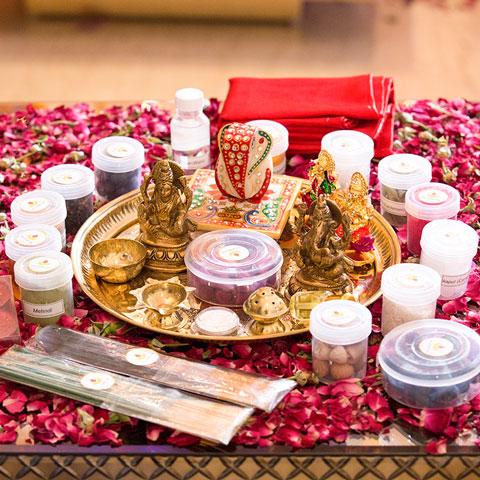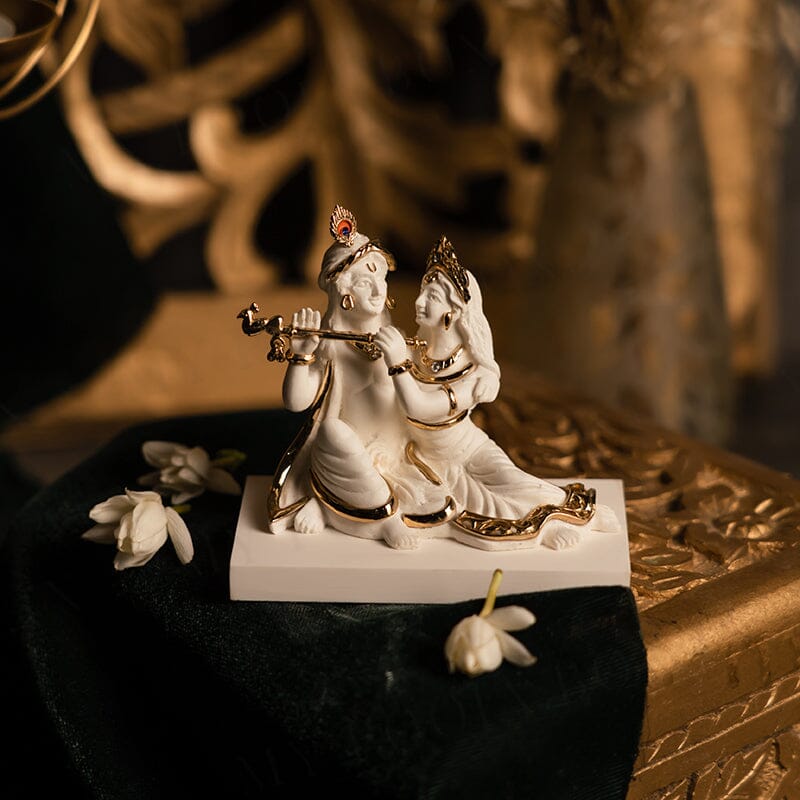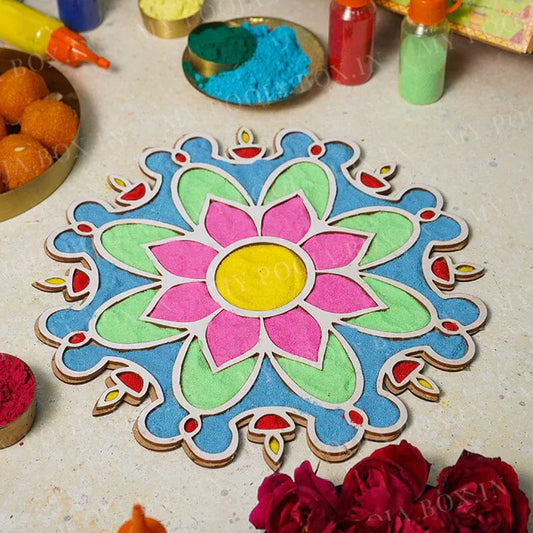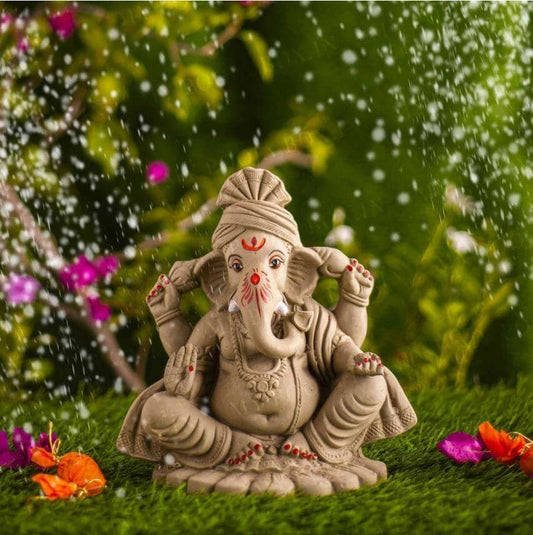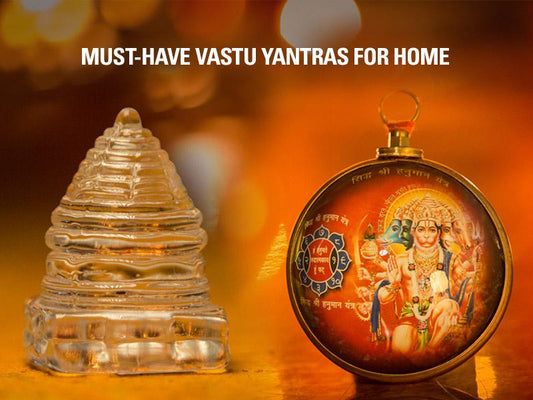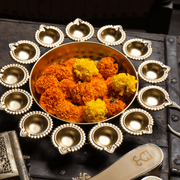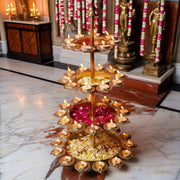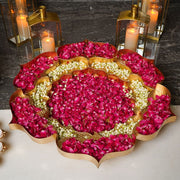Maha Shivratri, the most important Hindu festival commemorating the marriage of Lord Shiva with Goddess Shakti, which will take place on March 8, 2024. The day normally falls on Phalguna Mass's Krishna Paksha Chaturdashi on Trayodashi. Devotees fast for the whole day and perform parana the next day on Chaturdashi day. Puja, Yajna, and Jagran are some of the rituals that are performed in front of the Lord Shiva idols or pictures.
Find out about the puja vidhi, muhurat, and other day-to-day information here:
Date and time for Maha Shivaratri 2024
On Trayodashi tithi, the Mahashivratri fast vidhi or vrat will begin with a sankalpa to perform fast for the entire day without interruption. Before breaking their fasts, devotees perform puja and seek Lord Shiva's blessings. The Maha Shivratri puja is performed four times during the night on Chaturdashi, according to Hindu Calendar. These four times “muhurat” are known as char pahars, and it is believed that performing puja at these times cleanses a person of their previous sins and grants them moksha.

Shiv Puja must be performed only at night, and the parana must be performed after sunrise before the Chaturdashi Tithi ends the next day. During the puja, devotees also chant ‘Om Namah Shivay' for 108 times.
Maha Shivratri is also remembered as the day Shiva and Shakti united as one. In many parts of North India, devotees show the jhanki, or procession of Shiva and Parvati's marriage as well. Goddess Parvati is thought to be the embodiment of Goddess Sati.
1. The Maha shivratri fast will begin on March 8, 2024.
On March 8, at 2.39 p.m., the Chaturdashi Tithi starts.
2. The Chaturdashi Tithi will end at 3.02 p.m. on March 12th.
On March 12th, from 06:27 PM to 09:29 PM, the Ratri First Prahar Puja will be held.
3. On March 12th, from 09:29 p.m. to 12:31 a.m there will be a second Prahar Puja.
March 12th, 12:31 AM to 03:32 AM, Ratri Third Prahar Puja
4. Ratri Fourth Prahar Puja - March 12th, 03:32 a.m. to 06:34 a.m.vrat vidhi Maha Shivratri 2024
Mahashivratri puja vidhi
Poojas, abhisheka, fasting, and remaining awake the whole night with prayers and meditations are all part of the Maha Shivaratri observances. On this day, devotees fast and stay up all night, meditation or chanting prayers inside temples.
Some devotees follow a strict fasting regimen that includes not even drinking water. Some people only eat once, while others stick to a fruit and milk diet. Visitors to Shiva temples give prayers, pujas, and offerings.
Those who wish to remain awake should go to the temples and spend the night chanting prayers or the mantra "Om Namah Shivaya." The Maha Mrityunjaya Mantra is also chanted by some devotees.
On Maha Shivaratri, Abhishekam on the Shivling is a significant ritual with Milk, honey, sugar, butter, black sesame seeds, Ganga Jal, and other ingredients that are used. Sandalwood paste and rice are added to Shiva Linga after the abhisheka, or washing, and fresh fruits and flowers are offered.
According to Shiv Purana, all of these findings have particular meanings which are as follow:
● Shivalinga is purified by bathing him in water, milk, honey, and betel leaves.
● Vermillion or kumkum is used to represent virtue.
● Fruits are a symbol of longevity and fulfillment of desires.
● Incense sticks reflect good wealth.
● The illumination of lamps denotes the acquisition of information.
● Betel leaves reflect contentment of material pleasures.
What is the significance of Mahashivratri?
We have come to know the shivratri puja vidhi, the Shivratri date and timing and about the fast, but what does the Maha Shivaratri Significance holds?
The majority of Hindu festivals are commemorations of victories or celebrations of agricultural activities like sowing and harvesting. Maha Shivaratri, on the other hand, is a unique festival. Its significance varies depending on one's perspective. The following are some of Maha Shivratri's significances:
● Those who strictly practice fasting and other penances on Maha Shivratri are said to attain Moksha, or liberation.
● Religious activities, such as Yoga and meditation, become more successful at this time, and the benefits of mantras, such as the Maha Mrityunjaya Mantra, increase. Maha Shivratri will be held on 8 March of this year.
● Material pleasures and temptations are powerful forces that plague humans. The puja, vrat, and fast associated with Maha Shivratri are so strong that they can assist an individual in gaining control over worldly pleasures and temptations.
● One can gain control over negative thoughts such as rage, desire, and greed by worshiping Shiva and fasting for the entire Shivratri night.
● The Universe drives us towards the spiritual peak on Maha Shivaratri, and the planetary positions invoke spiritual energies that assist us in reaching that level.
The aim of staying awake all night to watch the festival is to enable this flow of energy to move through our spine.





